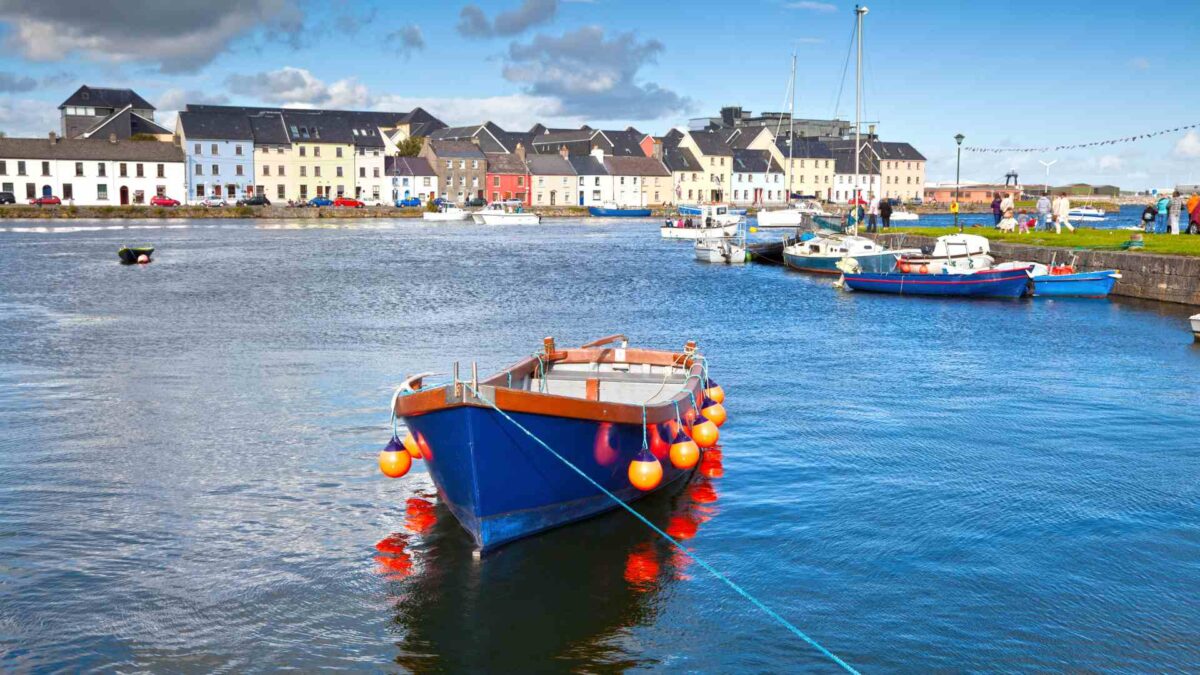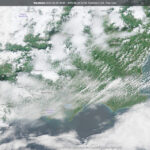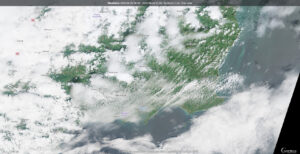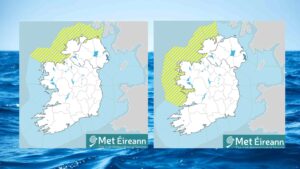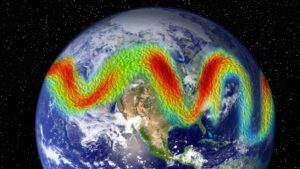
Storm Éowyn produced record surges on west coast
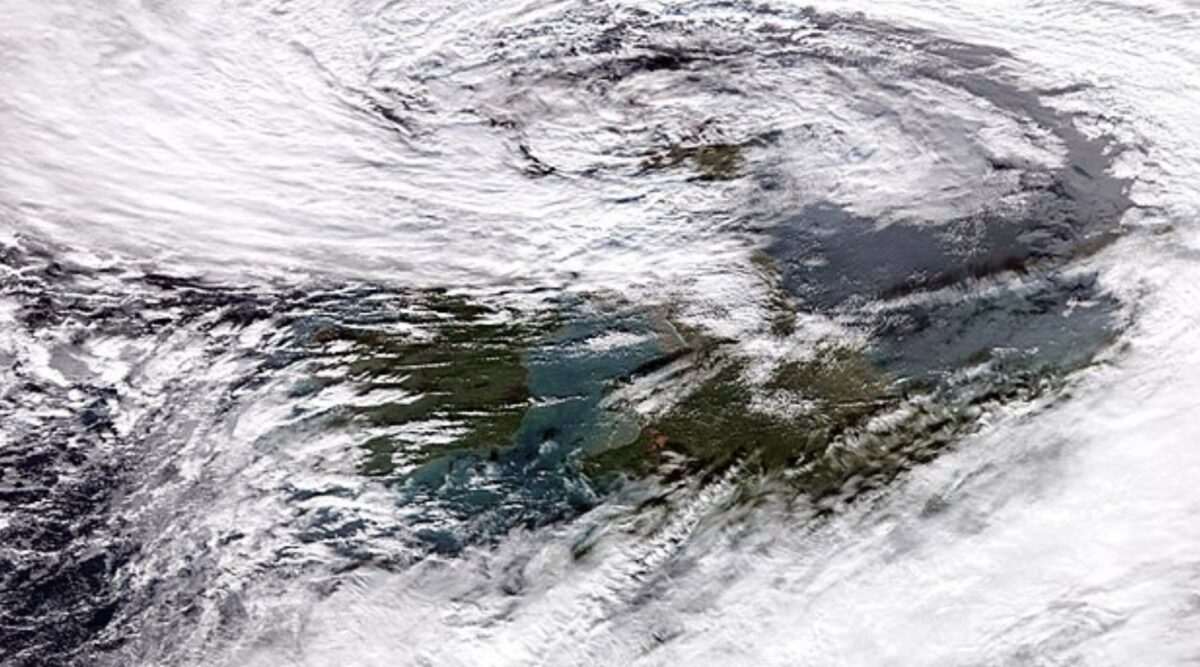
A University of Galway research team has found that Storm Éowyn produced the highest storm surges ever recorded at key points along Ireland’s western coast.
Analysing 47 datasets from the Marine Institute’s Irish National Tide Gauge Network and the Office of Public Works, the School of Engineering team recorded surges exceeding 2.5 metres above normal tidal levels.
Storm Éowyn, among Ireland’s most intense recent storms, also brought record-breaking winds, with a peak gust of 184 km/h and a 10-minute wind speed of 142 km/h at Mace Head, County Galway.
Despite widespread damage from hurricane-force winds and disruptions to power and water, the storm’s timing during low tides prevented significant flooding.
Key surge measurements included:
- Galway Port: 2.60 metres, the highest since records began in 2007.
- Limerick Docks: 2.99 metres, the highest on the western coast.
- Shannon Airport: 2.70 metres.
Had the storm coincided with a high spring tide a week earlier, water levels could have reached 4.96 metres at Galway Port, 5.85 metres at Limerick Docks, and 5.43 metres at Shannon Airport, causing severe flooding.
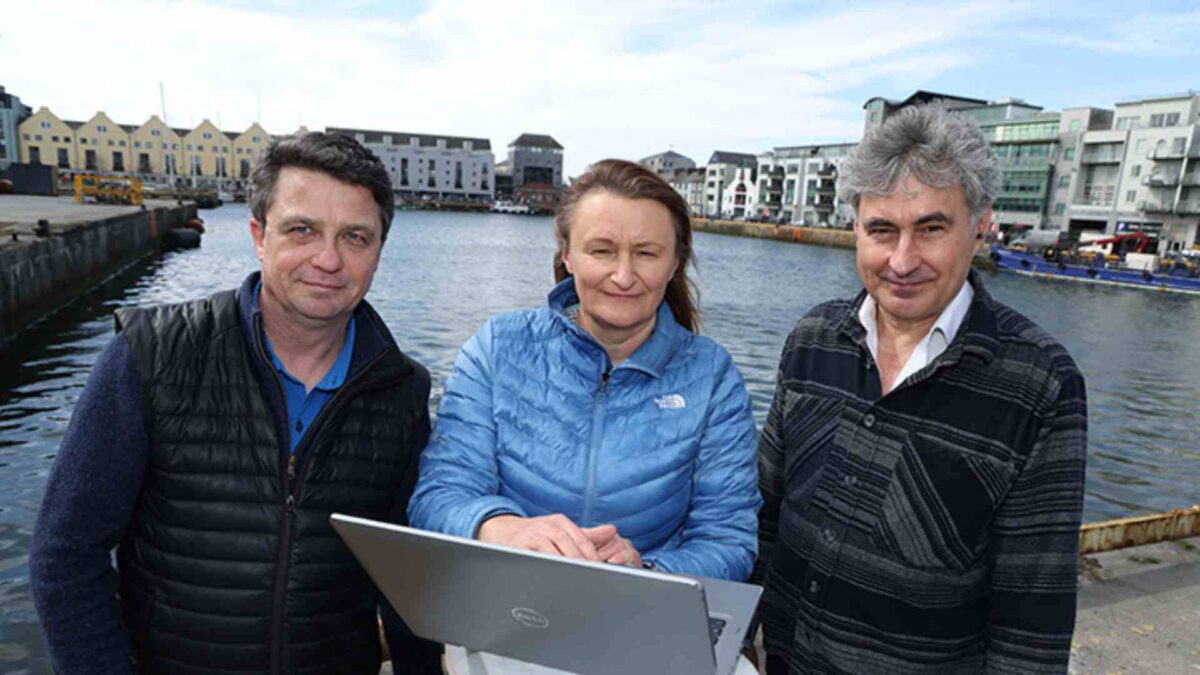
Dr. Indiana Olbert from the School of Engineering noted that climate change is driving more frequent and severe flooding globally, with human-induced changes likely to intensify extreme weather and coastal flooding risks as sea levels rise.
She emphasised how narrowly coastal communities escaped catastrophic tidal flooding during Storm Éowyn.
Dr. Niall Madden, from Mathematical and Statistical Sciences, added that the storm’s impact was mitigated by its timing during a low tide.
A strike during high tide could have caused unprecedented flooding alongside the storm’s devastating winds, he noted.
